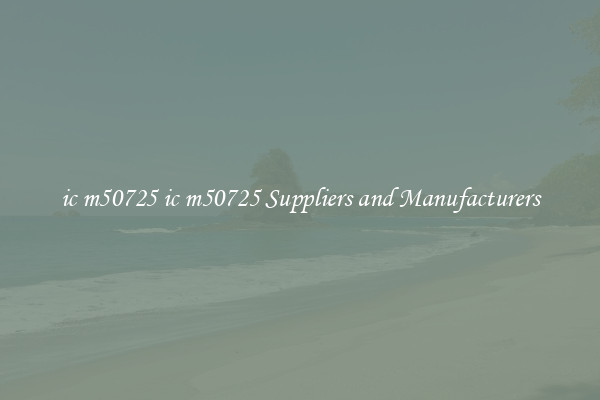ce certification 5 stage ce certification 5 stage Suppliers and Manufacturers
CE (Conformité Européene) certification is a mandatory marking for certain products sold within the European Economic Area (EEA). It signifies that the product meets all the required European Union (EU) legislation and regulations regarding health, safety, environmental protection, and consumer protection. CE certification helps ensure the free movement of products within the EEA without any barriers or restrictions. In order to obtain CE certification, products need to go through a five-stage process, ensuring compliance with these regulations.

Stage 1 - Identification of EU Legislation:
The first stage involves identifying the specific EU legislation applicable to the product. This includes directives, regulations, and standards that outline the safety requirements for a particular product. The manufacturer needs to thoroughly understand the requirements and prepare a technical file in accordance with them.
Stage 2 - Conformity Assessment:
In this stage, the manufacturer must demonstrate that the product complies with the essential requirements outlined in the relevant EU legislation. They can either test the product themselves or rely on a third-party test laboratory for evaluation. The chosen conformity assessment procedure depends on the product category and the level of risk it poses.
Stage 3 - Preparation of Technical Documentation:
The manufacturer must create technical documentation that provides evidence of compliance with the essential requirements. This documentation should include detailed product specifications, test results, risk assessment, and instructions for use. It serves as a basis for the next stage and must be available for review by authorities.
Stage 4 - Declaration of Conformity:
Once the product has been tested and the technical documentation prepared, the manufacturer must issue a Declaration of Conformity (DoC). The DoC declares that the product meets all the relevant EU legislation and standards. It also includes information about the manufacturer, the product, and the conformity assessment procedure employed.
Stage 5 - Affixing the CE Marking:
The final stage involves affixing the CE marking on the product or its packaging. The CE marking must be visible, legible, and indelible. It signifies that the product has undergone the necessary conformity assessment procedures and meets the legal requirements. The manufacturer is responsible for ensuring that the CE marking is correct and applied correctly.
Suppliers and manufacturers play a vital role in the CE certification process. It is their responsibility to ensure that the products they place on the market comply with the applicable EU legislation. Non-compliant products risk being withdrawn from the market, and manufacturers may face legal consequences or financial losses.
In conclusion, CE certification is a crucial requirement for products sold within the European Economic Area. The five-stage process ensures that products meet the essential requirements outlined in EU legislation. This certification benefits both manufacturers and consumers by providing a framework for safe and compliant products in the EU market. It ensures a level playing field for all suppliers and encourages the free movement of products within the EEA.

View details

View details

View details

View details








